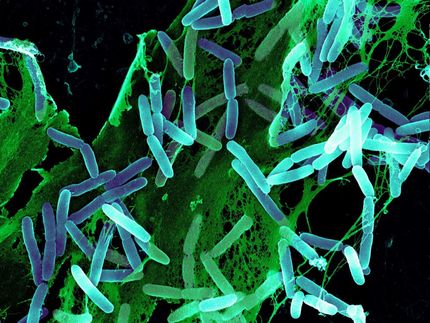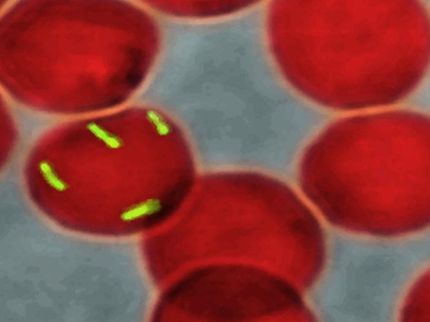Deadly bacteria share weapons to outsmart antibiotics
bacteria are rapidly developing resistance mechanisms to combat even the most effective antibiotics. Each year in the United States over 23,000 people die as a result of bacterial infections that have no treatment options, according to the Centers for Disease Control. Infections with antibiotic-resistance bacteria are extremely difficult to treat, requiring costly or toxic medications that do not always work. Scientists are constantly working to understand the mechanisms bacteria use to outsmart antibiotics and develop resistance. These mechanisms include metallo-β-lactamases (MBLs), enzymes produced by bacteria that can bind to and inactivate antibiotics. Enzymes like MBLs are one way bacteria are defying all available tools and becoming antibiotic resistant.

WikiImages, pixabay.com, CC0
A team of researchers at Case Western Reserve University (CWRU), Massachusetts Institute of Technology, and Universidad Nacional de Rosario and the National Research Council (CONICET) from Argentina have identified a bacterial mechanism that stabilizes certain MBLs in cell membranes and enables their spread into the environment. This mechanism clarifies one way certain bacteria are outsmarting the immune system and becoming extremely antibiotic-resistant. The work was led in part by Robert Bonomo, MD, professor of medicine, pharmacology, molecular biology, and microbiology at Case Western Reserve University School of Medicine and chief of medical service at the Louis Stokes Cleveland Veterans Affairs Medical Center.
"One of the most serious problems facing medicine today is the emergence of multi-drug resistant bacteria," according to Bonomo. "MBLs are the most concerning as they make bacteria resistant to the 'last resort' antibiotics, carbapenems." Carbapenems are used to combat infections for which there are no other antibiotic options.
Clinically relevant MBLs are found between layers of bacterial cell membranes. In contrast to other types of carbapenemases, MBL enzymes rely on zinc ions to properly function. The immune system produces proteins that hide zinc ions and starve bacteria of zinc in an effort to combat infection. The researchers discovered that most MBLs produced by bacteria during zinc-limited conditions are unstable and are rapidly degraded by the bacteria.
One recently identified form of MBL, called New Delhi metallo-β-lactamase (NDM-1) can retain its function even without zinc. Bonomo and colleagues showed that NDM-1 resists destruction triggered by low zinc by anchoring itself in bacterial membranes. A fatty tail at one end of the NDM-1 protein sticks into the outer membrane of potentially harmful bacteria such as Escherichia coli and Pseudomonas aeruginosa. This tail has a protective effect and is thought to help NDM-1 avoid destructive enzymes between bacterial membranes. Similar mechanisms have been observed in other bacterial species, but have not previously been linked to an evolutionary advantage to escape the action of antibiotics.
The research team also observed that bacteria with NDM-1 in their membranes are able to shed "outer-membrane vesicles" containing the enzyme. These membrane-bound sacs bud off from bacteria. As the vesicles disperse into the bacterial microenvironment, NDM-1 enzymes in them can protect neighboring bacteria that might be otherwise susceptible to antibiotics. Outer-membrane vesicles may also be a vehicle by which the NDM-1 gene and enzyme can spread between bacteria.
Bacteria producing NDM-1 are highly antibiotic resistant and represent a major public health concern as they cause infections for which there is no cure. The gene encoding NDM-1 is quickly spreading across bacterial species and has been found in water samples from India, Bangladesh, and China in a region encompassing almost 40% of the world population. According to Alejandro Vila, PhD, director of the Instituto de Biología Molecular y Celular at Universidad Nacional de Rosario and co-senior author on the published research, "this dissemination has been favored by membrane anchoring of the protein. This finding reveals a potential Achilles' heel; interfering with membrane anchoring could thwart the worldwide dissemination of superbugs."
Together, the studies by Bonomo, Vila, and colleagues provide clarity on the bacterial mechanism behind one of the most prevalent bacterial carbapenemase identified to date, NDM-1. Understanding the mechanism "allows us to begin considering novel agents that can target this process," according to. Bonomo. New potential targets for antibacterial drug development could include the lipid tail of NDM-1 or outer membrane vesicles.


















































